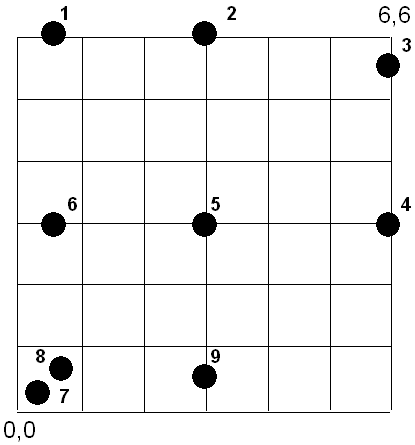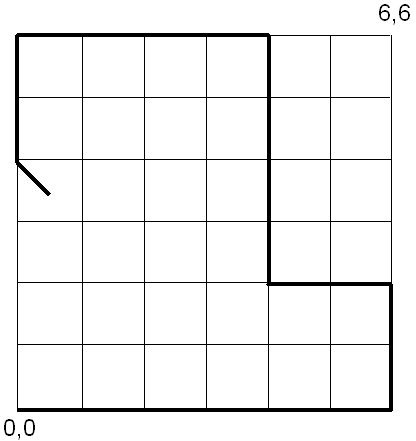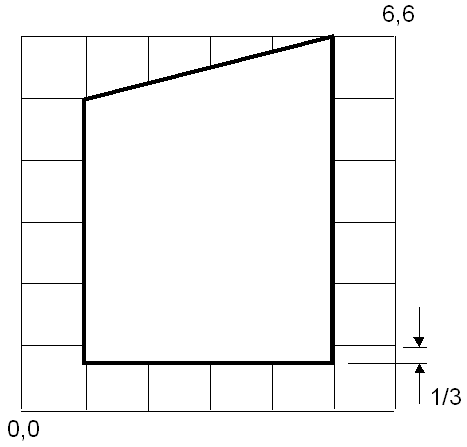For this assignment, setup an Idrisi environment (ENVIRON) on your N: drive (this is your private network drive).
NOTE:
You will have to use CONVERT to convert the ASCII point file to binary
format before you can rasterize or display the point vector file.



b) Provide a table/graph of file sizes for a binary and packed binary version of the images vs. pixel size.
c) Comment (in a paragraph or two) on the the graphs you created and discuss one example of the impact pixel size might have on analysis using the rasterized geology.
You will be using the following commands: SHAPEIDR, INITIAL, POINTRAS, LINERAS, POLYRAS, AREA, and Database Workshop.